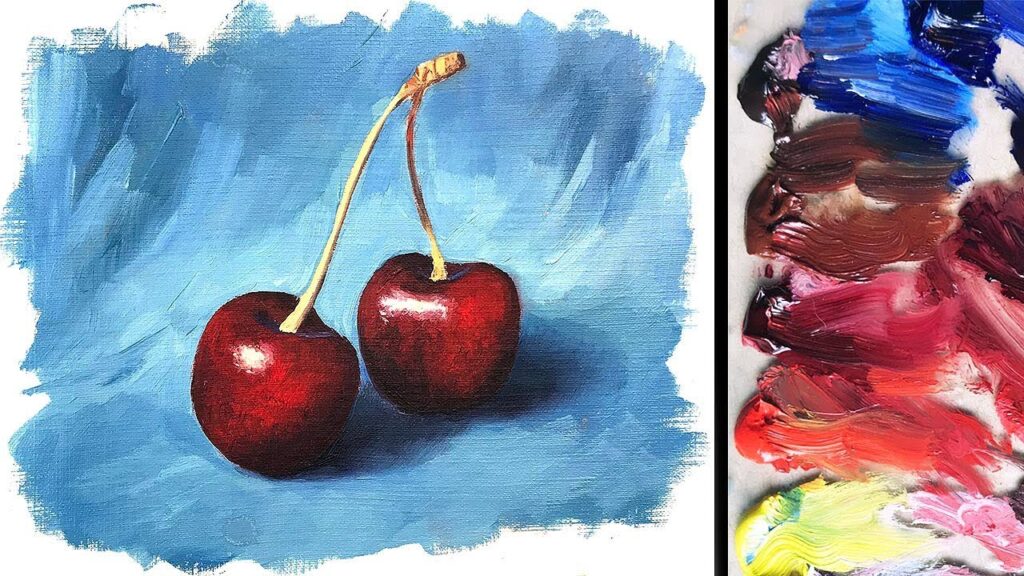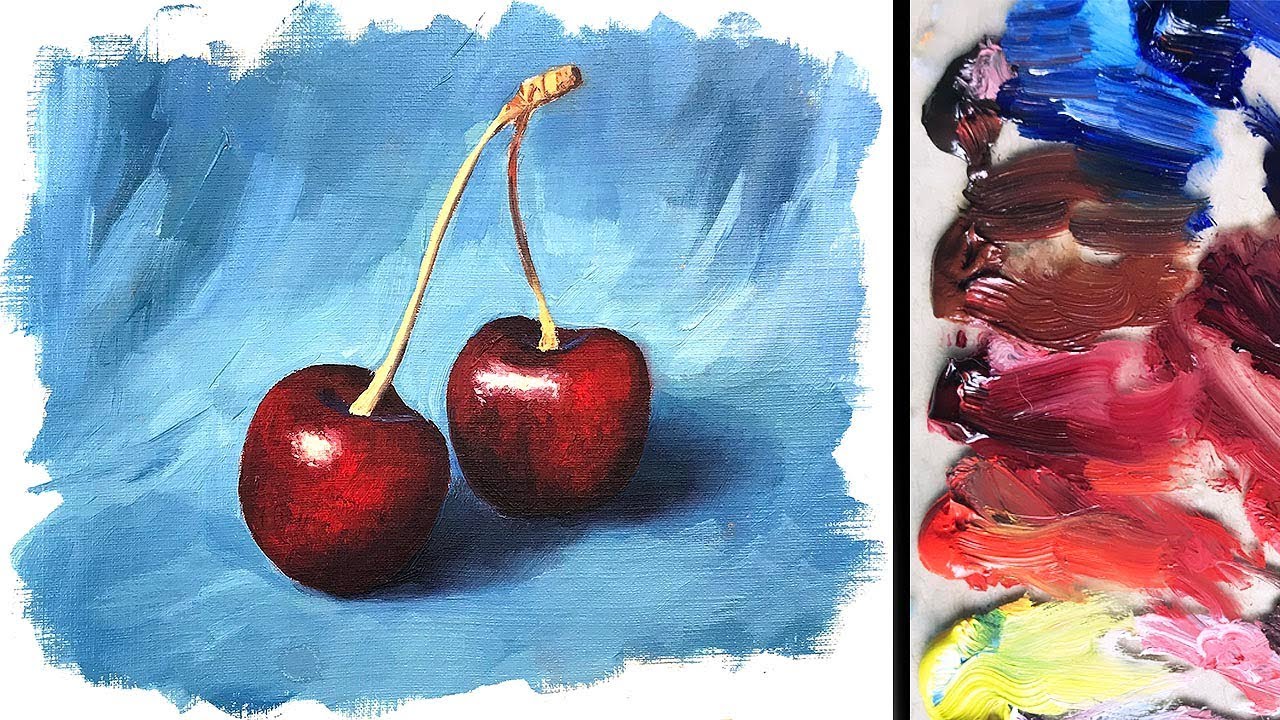
Unlocking Brilliance: A Comprehensive Guide to Artist Oil Paints
For artists seeking a medium that offers unmatched richness, depth, and versatility, artist oil paints stand as the gold standard. These paints, prized for their slow drying time, allow for seamless blending, layering, and intricate detail work, making them a favorite among masters and beginners alike. This comprehensive guide delves into the world of artist oil paints, exploring their composition, varieties, techniques, and best practices for achieving stunning results. Understanding the nuances of artist oil paints can significantly elevate your artistic expression, providing the tools and knowledge to create lasting masterpieces.
The Composition of Artist Oil Paints
Artist oil paints are fundamentally composed of pigment, a binder (usually a drying oil), and sometimes additives. The pigment provides the color, while the oil acts as a vehicle to suspend the pigment and adhere it to the painting surface. Common drying oils include linseed oil, walnut oil, and poppy oil, each imparting unique properties to the paint. Additives, such as stabilizers, driers, and plasticizers, are often incorporated to enhance the paint’s handling characteristics and longevity.
- Pigment: The finely ground particles that give the paint its color. Pigments can be natural (derived from minerals or plants) or synthetic (man-made). The quality and concentration of the pigment directly impact the paint’s vibrancy and lightfastness.
- Binder: The oil that binds the pigment particles together and allows the paint to adhere to the canvas. Linseed oil is the most common binder, known for its durability and strong film formation. Walnut oil is a popular alternative, offering a smoother consistency and less yellowing over time. Poppy oil is prized for its pale color and slow drying time, making it ideal for delicate colors and blending.
- Additives: These substances are added to modify the paint’s properties, such as drying time, consistency, or gloss. Driers accelerate the drying process, while stabilizers prevent the paint from separating or becoming lumpy. Plasticizers improve the paint’s flexibility and prevent cracking.
Understanding the Different Types of Artist Oil Paints
The world of artist oil paints is diverse, offering a range of options to suit various artistic needs and preferences. From student-grade paints to professional-grade paints, each type presents its own set of characteristics and advantages.
Student-Grade Oil Paints
Student-grade artist oil paints are formulated with a lower concentration of pigment and often contain fillers to reduce cost. While they may not offer the same vibrancy or lightfastness as professional-grade paints, they are an excellent choice for beginners and students who are learning the fundamentals of oil painting. These paints are generally more affordable and provide a good starting point for exploring the medium.
Professional-Grade Oil Paints
Professional-grade artist oil paints are crafted with a high concentration of pure pigment, resulting in intense color saturation, exceptional lightfastness, and superior handling properties. These paints are designed for serious artists who demand the highest quality and longevity in their work. They offer a wider range of colors, including single-pigment paints, which provide greater control over color mixing.
Water-Mixable Oil Paints
Water-mixable artist oil paints are a modern innovation that combines the benefits of traditional oil paints with the convenience of water-based mediums. These paints are modified to emulsify with water, allowing artists to clean their brushes and thin the paint without the need for solvents. Water-mixable oils offer a safer and more environmentally friendly alternative to traditional oil paints, making them a popular choice for artists with sensitivities to solvents or those who prefer a less toxic studio environment.
Essential Techniques for Working with Artist Oil Paints
Mastering the art of oil painting requires a solid understanding of various techniques. The slow drying time of artist oil paints allows for a wide range of approaches, from blending and glazing to impasto and scumbling. Here are some essential techniques to explore:
- Blending: The seamless merging of colors to create smooth transitions and gradients. This technique is facilitated by the slow drying time of artist oil paints, allowing artists to manipulate the paint over an extended period.
- Layering: Applying thin, transparent layers of paint over previous layers to build up color, depth, and luminosity. This technique, also known as glazing, is a hallmark of oil painting, allowing artists to create complex and nuanced effects.
- Impasto: Applying thick, textured layers of paint to create a three-dimensional effect. This technique adds visual interest and tactile quality to the painting, highlighting the physical properties of the paint.
- Scumbling: Applying a thin, broken layer of paint over a dry surface to create a textured, atmospheric effect. This technique is often used to suggest distance, create a sense of depth, or add visual interest to a painting.
- Underpainting: Creating a preliminary layer of paint to establish the composition, values, and color scheme of the painting. This technique helps artists to plan their painting and create a foundation for subsequent layers.
Choosing the Right Supplies for Oil Painting
In addition to artist oil paints, several other supplies are essential for successful oil painting. These include brushes, canvases, mediums, solvents, and palettes. Selecting the right supplies can significantly impact the quality and longevity of your artwork.
Brushes
Brushes are the primary tools for applying artist oil paints to the canvas. They come in a variety of shapes, sizes, and materials, each suited for different techniques and effects. Bristle brushes, made from hog hair, are ideal for applying thick layers of paint and creating textured strokes. Synthetic brushes, made from nylon or polyester, are softer and more suitable for blending and glazing. Round brushes are used for detail work, while flat brushes are used for broad strokes and blending. Filbert brushes combine the characteristics of round and flat brushes, offering versatility for a range of techniques.
Canvases
Canvases provide the surface upon which artist oil paints are applied. They are typically made from linen or cotton, stretched over a wooden frame. Linen canvases are more durable and archival than cotton canvases, making them a preferred choice for professional artists. Canvases are often primed with gesso, a white coating that creates a smooth, absorbent surface for the paint.
Mediums
Mediums are added to artist oil paints to modify their properties, such as consistency, drying time, and gloss. Linseed oil is a common medium that increases the paint’s gloss and transparency. Turpentine and mineral spirits are used to thin the paint and clean brushes. Alkyd mediums accelerate the drying time of the paint, while impasto mediums thicken the paint for creating textured effects. [See also: Guide to Oil Painting Mediums]
Solvents
Solvents are used to thin artist oil paints and clean brushes. Turpentine and mineral spirits are the most common solvents, but they can be harmful if inhaled or ingested. Odorless mineral spirits are a safer alternative, offering the same cleaning power with reduced fumes. It is important to use solvents in a well-ventilated area and to dispose of them properly.
Palettes
Palettes provide a surface for mixing artist oil paints. They can be made from wood, glass, plastic, or paper. Wooden palettes are traditional and offer a warm, natural surface for mixing colors. Glass palettes are easy to clean and provide a smooth, non-absorbent surface. Plastic palettes are lightweight and durable, making them ideal for plein air painting. Paper palettes are disposable and convenient for quick sketches and studies.
Safety Precautions When Working with Oil Paints
Working with artist oil paints involves certain safety precautions to protect your health and well-being. Oil paints contain solvents and pigments that can be harmful if inhaled, ingested, or absorbed through the skin. It is important to follow these guidelines:
- Work in a well-ventilated area to minimize exposure to solvent fumes.
- Wear gloves to protect your skin from contact with paint and solvents.
- Avoid eating, drinking, or smoking while painting.
- Dispose of used solvents and rags properly to prevent fire hazards.
- Keep artist oil paints and solvents out of reach of children and pets.
- Consider using water-mixable oil paints as a safer alternative to traditional oil paints.
Storing Your Oil Paints Properly
Proper storage is essential to maintain the quality and longevity of your artist oil paints. Oil paints can dry out, harden, or separate if not stored correctly. Here are some tips for storing your oil paints:
- Store paint tubes in a cool, dry place away from direct sunlight and heat.
- Keep the caps tightly closed to prevent air from entering the tubes.
- Store paint tubes upside down to prevent the oil from separating from the pigment.
- Clean the threads of the tubes regularly to prevent the caps from sticking.
- Consider using a paint storage box or organizer to keep your paints organized and protected.
Conclusion: Embracing the Beauty and Versatility of Artist Oil Paints
Artist oil paints offer a unique combination of richness, depth, and versatility that makes them a favorite among artists of all levels. By understanding the composition, varieties, techniques, and best practices for working with oil paints, you can unlock their full potential and create stunning works of art. Whether you are a beginner exploring the medium for the first time or an experienced artist seeking to refine your skills, artist oil paints provide the tools and inspiration to express your creative vision. The journey of mastering artist oil paints is a rewarding one, filled with endless possibilities for exploration and discovery. So, embrace the beauty and versatility of artist oil paints, and let your creativity flourish. Remember to always prioritize safety and proper storage to ensure the longevity of your materials and your well-being. With dedication and practice, you can achieve remarkable results and create paintings that will be cherished for generations to come. The use of high-quality artist oil paints will always contribute significantly to the final product and its overall impact. Don’t hesitate to experiment with different brands and colors to find the perfect palette for your artistic style. The world of artist oil paints awaits your exploration!

